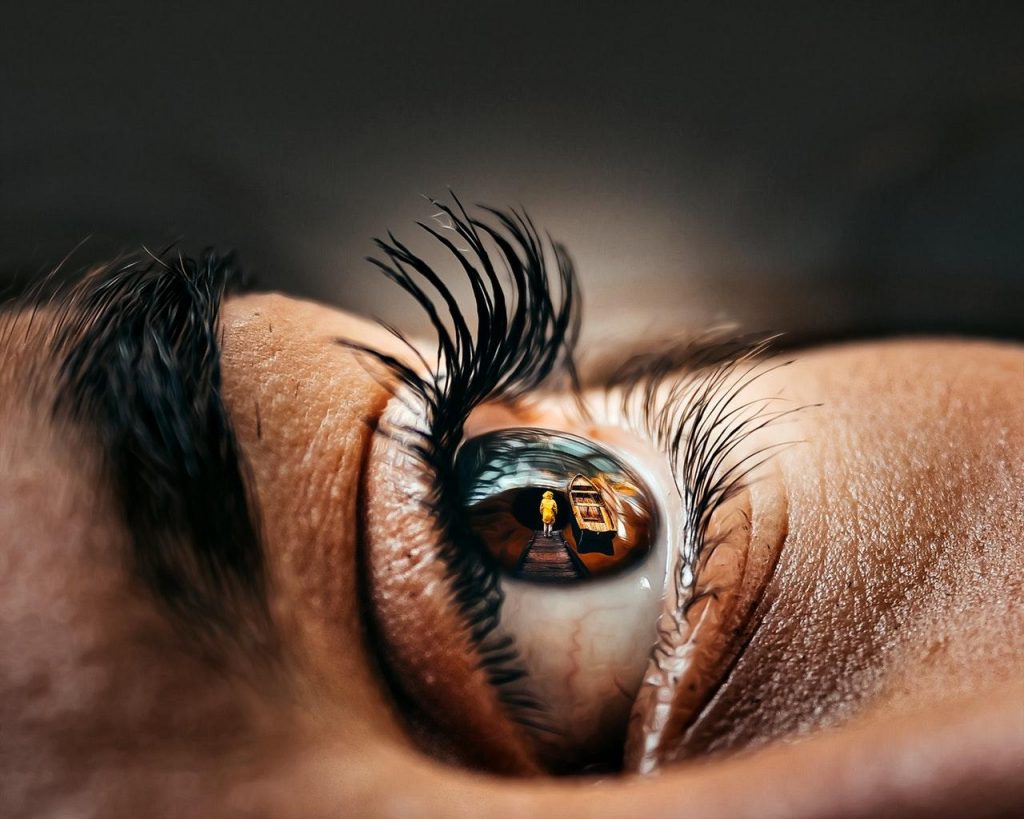Rosacea is a fairly common skin condition that causes symptoms such as facial redness and bumps on the skin. But not many people know that the symptoms of rosacea can affect more than just the skin, and can actually cause problems with the eyes. The chronic inflammatory condition can come in a form known as ocular rosacea which can affect the skin around the eyes, including the eyelids, and result in a range of dry eye symptoms. With symptoms ranging from grittiness and irritation, to inflamed eyelids, ocular rosacea can easily masquerade as simple dry eye disease. Continue reading to learn more about how this condition can affect our eyes.
The Basics of Rosacea and Dry Eyes
Rosacea is a chronic skin condition that is diagnosed and managed by a dermatologist. Rosacea is characterized by persistently inflamed skin, particularly in the facial area. Facial redness is the most common symptom associated with the condition, but rosacea can cause many more skin-related problems, such as visible facial vessels, chronic pus-filled bumps on the skin, or even an enlarged appearance of the nose. No exact cause for the development of rosacea has been identified, but it is known that certain triggers can cause flare-ups of the disease and make the symptoms worse. Common triggers include warm temperatures and sun exposure, certain foods (most commonly spicy foods), alcohol, or even stress. There is no complete cure for rosacea, making it a long-term battle. However, many dermatologists will use prescription antibiotics or facial ointments to lessen the symptoms.
What is Ocular Rosacea?
When inflammation due to rosacea affects the eyelids and causes chronic eye problems, it is referred to as ocular rosacea. The inflammation of the eyelids most commonly leads to a condition known as blepharitis, in which an increased amount of bacteria and inflammatory material resides in the eyelashes and along the margins of the eyelids. Blepharitis can worsen Meibomian gland dysfunction, exacerbate symptoms of dry eye disease, and in some severe cases, increase the risk of a dangerous infection of the front surface of the eye known as a corneal ulcer. Most commonly, people affected by ocular rosacea will experience symptoms such as itchy eyes and persistently red puffy eyelids.
Treatment of Ocular Rosacea
The most important factor in treating ocular rosacea is controlling the chronic inflammation of the eyelids. The best way to do this, is to ensure that the underlying skin inflammation of the whole face is well controlled. This includes avoiding triggers, visiting the dermatologist, and taking any prescribed medications as directed. In terms of eye-based treatments, proper lid hygiene cannot be overlooked. Daily lid scrubs can help keep the eyelid margins free of inflammatory debris and help reduce the severity of ocular symptoms. If the inflammation is severe and consistent, your optometrist may consider prescribing some topical eye drops or ointments to help protect the front surface and reduce the inflammation. It is also likely that steady use of lubricating artificial tears will be recommended in order to relieve the associated dryness, irritation, and grittiness that oftentimes accompanies ocular rosacea.


0 Comments